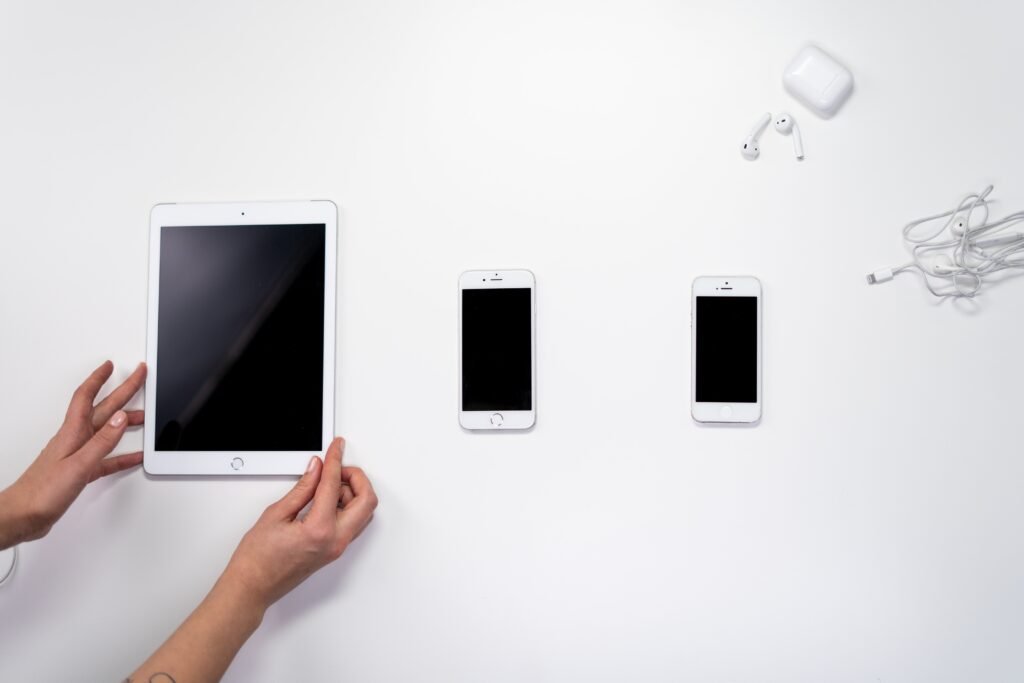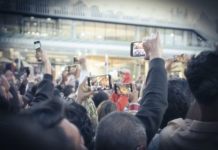In the early days of their existence, most tech companies come up against a barrier, namely, that one or two inventions aren’t going to let them exist in the market for long. This does depend on what the business is selling but expensive tech products have a way of getting just one sale per customer per year – if they’re lucky. Put another way, few people have the funds to develop a washing machine collection.
Aesthetics and Licensing
The software industry has the same bugbear haunting it but some creators have managed to dodge it by carefully reselling the same idea. The game Slingo offers a twist on the traditional online bingo at Paddy Power by combining the standard game with slots. While unique on its own, Slingo is an interesting case study because the basic game rarely changes but there are lots of different versions out there.
Beginning with the original Slingo in 1996, developer Gaming Realms has increasingly focussed on aesthetics and licensing to keep the idea fresh. So, today, it’s possible to play games based on historical concepts, like Slingo Cleopatra and Slingo Inca Trail, as well as Slingo Who Wants to be a Millionaire and Slingo Deal or No Deal. In the latter case, the real show is no longer on the air.

The act of licensing products to build on the success of another property isn’t an unusual one, and it offers the opportunity for a product to stand out even if it has no benefits over its rivals. This is, of course, part of the ancient magic act known as marketing. Slingo and bingo games tend to involve small, occasional purchases though – so what about the more expensive, physical items mentioned earlier?
Luxury Items
It’ll come as no surprise that high-end devices like mobile phones do receive repeat purchases from fans. The CNBC website claims that American and European users buy a new phone every 22.7 months, which represents a recent increase in the amount of time people are holding on to their devices. Still, with Apple and Samsung on a yearly release schedule, these numbers still play directly into their collective hands.
Oddly enough, these phones can be up to three times the price of white goods like washing machines but, via some clever marketing, they still manage to come across as essential to customers. Apple understands that there’s no point in selling a product as a nice bit of plastic. Fans are more interested in buying a lifestyle or an experience, which is why the old, famous iPod commercial (the dancing one) didn’t show the device in any detail.
Tech fans tend to look at high prices as a surrogate for prestige too, which can encourage them to buy regularly. To this end, the Printful website recommends that product managers don’t bother with discounts at all on expensive items, as it can produce a “cheaper vibe”. Why would anybody sell luxury items at a discount? It’s no coincidence that Apple rarely has promotions, after all.
Overall, we’re all simple creatures at heart and can still be blinded by shiny things. As a marketer either software or hardware, it’s important to know that there are different ways to sell a product depending on how much it costs to buy.



